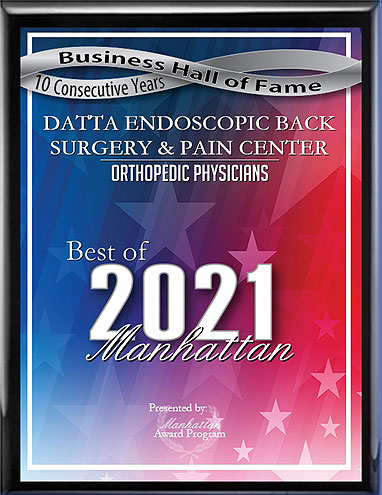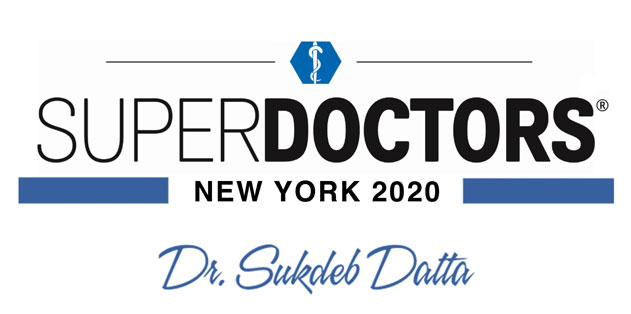Cervical spinal stenosis is the narrowing of the spinal canal in the neck. It can produce symptoms of pain, numbness, or muscle weakness that range from mild to severe. A number of different conditions can cause cervical spinal stenosis. Most cases can be treated without resorting to surgery, and there are also a number of minimally invasive surgical procedures available for cases that do require surgical intervention.
About the Cervical Spine
The spine is divided into three regions: the lumbar spine (lower back), the thoracic spine (upper back), and the cervical spine (the neck). The neck contain nerves that run from the brain to the entire body, including the arms, legs, and pelvis. Because of this, conditions that affect the cervical spine have the potential to cause symptoms that affect many parts of the body.
Cervical spinal stenosis occurs when the spinal canal is narrower than it should be, meaning that the spinal cord and nerve roots can be compressed. Most cases of cervical spinal stenosis are relatively mild, but there is a potential for it to be more serious than stenosis of the lower spine. In rare cases, untreated cervical spinal stenosis can lead to serious complications like paralysis.
Causes of Spinal Stenosis
A wide range of conditions can cause cervical spinal stenosis. The symptoms of the various conditions are quite similar in most cases. Some potential causes include:
- Herniated disc - A herniated disc happens when the outer part of the disc ruptures, which lets the inner, gel-like portion of the disc push through.
- Bulging disc - Similar to a herniated disc, a bulging disc occurs when the disc becomes misshapen but the outer part remains intact.
- Bone spurs - Abnormal deposits on the vertebrae can develop.
- Spondylolisthesis - During this condition, one vertebrae slips past another, resulting in misalignment and potential compression of the spinal cord.
- Osteoarthritis - Degeneration of the cartilage, and sometimes the bone, of one or more vertebrae, resulting in joint inflammation and other issues.
- Spinal tumor - Rarely, tumors develop on the spine. Tumors can be either benign or malignant.
- Vertebral fracture - Trauma may cause fracture of a vertebrae that leads to stenosis and other issues.
Only a doctor can identify the exact cause of your symptoms and recommend a course of treatment that will be safe, appropriate, and effective.
Dr. Datta would be happy to meet with you about your spine health. To schedule your consultation today, please call the Datta Endoscopic Back Surgery and Pain Center at (212) 430-0312 or click below and enter your information and we will get right back to you.






 EDISCSCULPT
EDISCSCULPT



